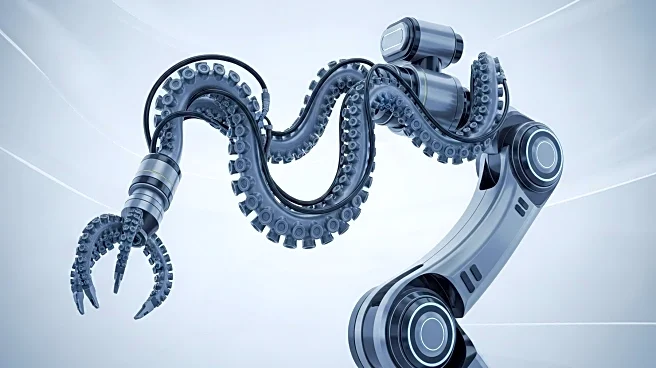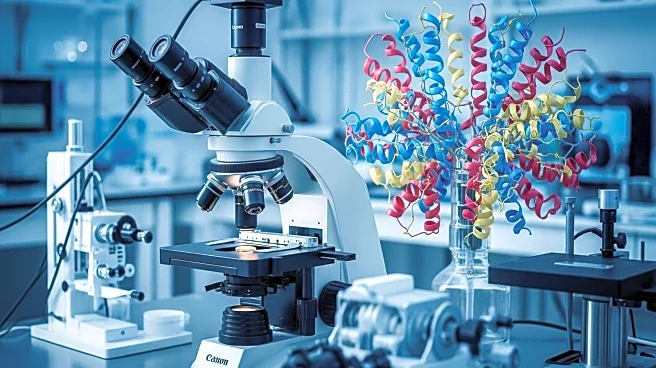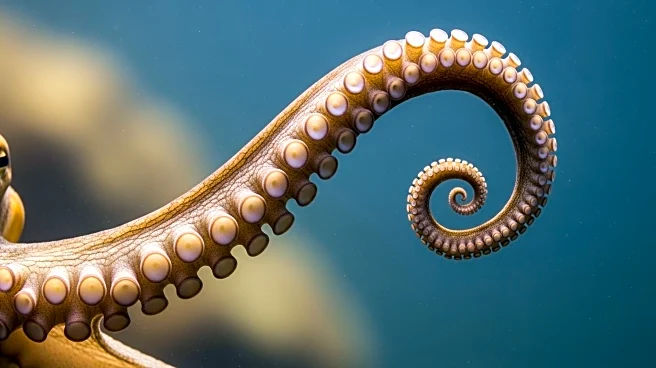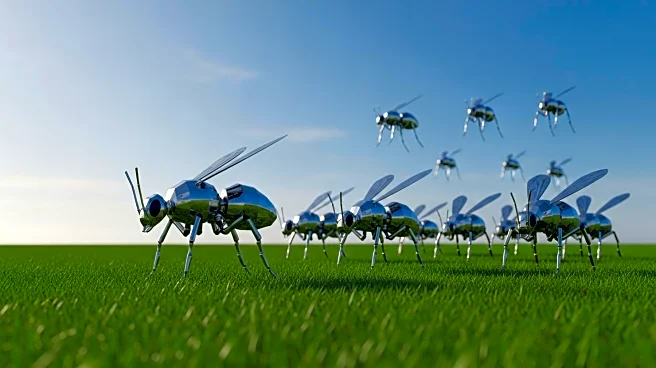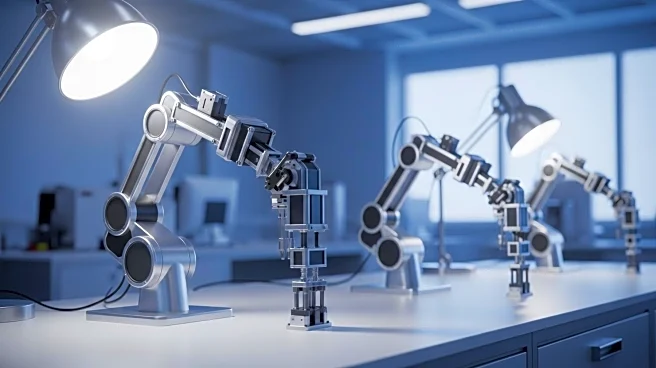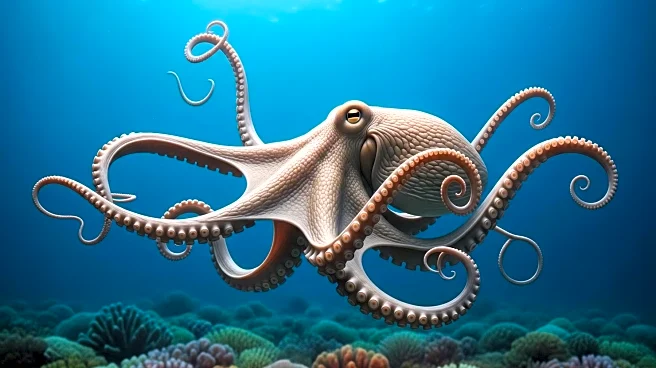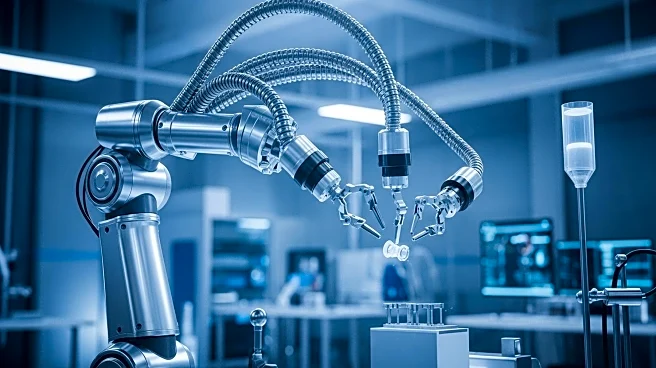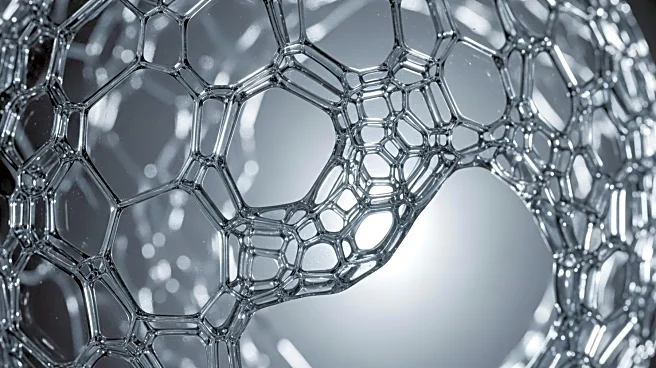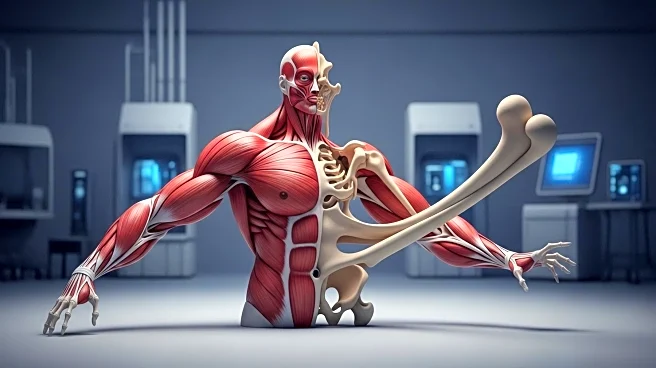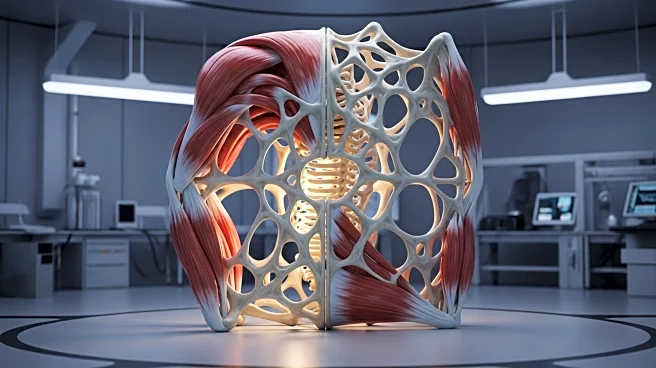What is the story about?
What's Happening?
Researchers are studying octopus arms, which are considered the most complex and flexible structures in nature, to inspire advancements in robotics. Octopus arms can bend, twist, elongate, and shorten with unmatched precision, allowing these animals to perform various tasks. The study aims to understand the mechanics of octopus arms and apply this knowledge to develop flexible robotic arms capable of lifesaving missions, such as navigating disaster zones or deep-sea environments.
Why It's Important?
The flexibility and control demonstrated by octopus arms offer valuable insights for the development of soft robotics. By mimicking the mechanics of octopus arms, engineers can design robotic systems that are adaptable and capable of performing precise tasks in challenging environments. This knowledge could lead to breakthroughs in robotics, enhancing the capabilities of machines used in search and rescue operations, medical procedures, and exploration.
What's Next?
Future research may focus on refining the design of robotic arms inspired by octopus mechanics and expanding their application to various fields. The integration of soft robotics with other technologies could lead to new solutions for complex challenges, such as disaster response and environmental monitoring. Researchers may also explore the potential of octopus-inspired robotics in other areas, such as manufacturing and healthcare.
Beyond the Headlines
The study highlights the importance of interdisciplinary collaboration in advancing scientific research. By combining expertise in biology, engineering, and robotics, researchers are developing innovative solutions that could transform how machines interact with the environment. This approach may inspire similar efforts in other fields, fostering innovation and discovery.
AI Generated Content
Do you find this article useful?
